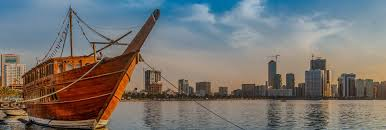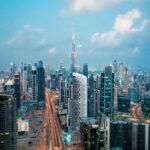Now Reading: Nature’s Hidden Water Cycle You Probably Forgot From School 2025
-
01
Nature’s Hidden Water Cycle You Probably Forgot From School 2025
Nature’s Hidden Water Cycle You Probably Forgot From School 2025
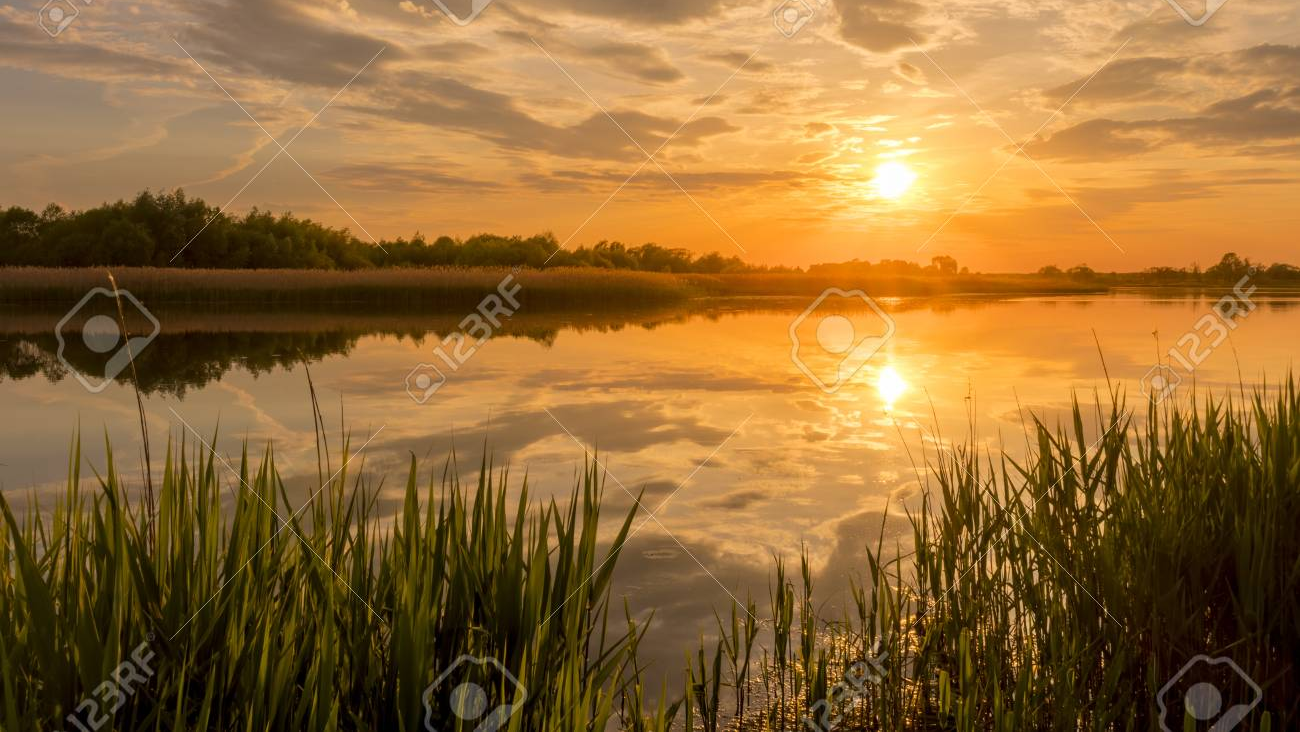
Table of Contents
Water is life. It grows our food, cools our planet, and fills our bodies. But where does this water come from and where does it go? The answer lies in a powerful system called Nature’s Water Loop, also known as the Water Cycle. This natural process has been working silently for millions of years, making sure water keeps flowing, falling, and rising all around the planet.
In today’s fast-changing world, understanding the water cycle is more important than ever. Climate change, pollution, and overuse are all disturbing this delicate system. But when we know how the water loop works, we can better protect it and ourselves.
What Is Nature’s Water Loop?
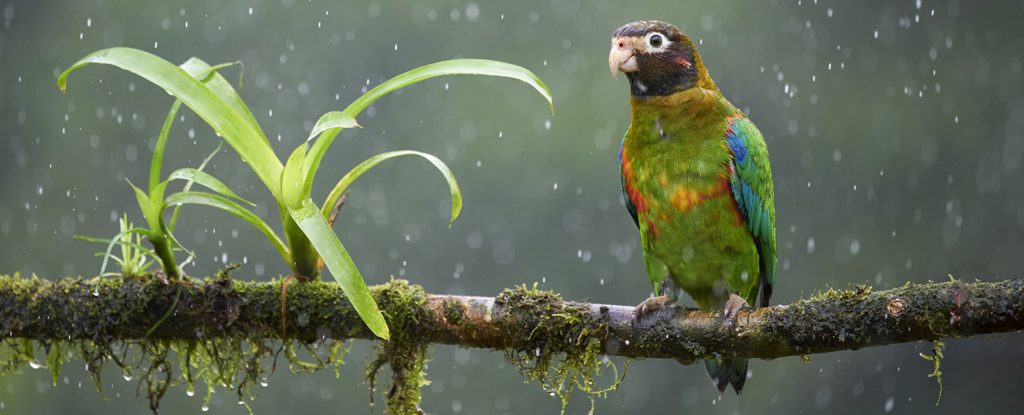
Nature’s water loop is the continuous movement of water on, above, and below the surface of the Earth. This cycle has no beginning and no end, and it works 24/7 without needing human help.
The main steps of the water loop include:
- Evaporation
Water from oceans, rivers, lakes, and even wet soil heats up and turns into water vapor, rising into the sky. - Transpiration
Plants “sweat” through their leaves, releasing moisture into the air. This process is called transpiration and works along with evaporation. - Condensation
As the vapor rises, it cools and forms clouds. This change from gas to liquid is called condensation. - Precipitation
When clouds get heavy, water falls back to Earth as rain, snow, hail, or sleet. - Collection
Water collects in oceans, rivers, underground aquifers, and lakes—and the cycle begins again.
Why Is the Water Loop So Important?
Nature’s water loop doesn’t just keep rivers and lakes full. It regulates temperature, supports agriculture, and maintains clean drinking water. Without this natural process, most life on Earth would not survive.
- Farming depends on it: Crops need rainwater to grow. If the water cycle slows down or changes patterns, it can cause drought or floods.
- Forests and wildlife rely on it: Trees and animals depend on regular water flow through soil and rivers.
- Our health is tied to it: Clean water starts from rainfall, passes through nature’s filters, and ends up in our taps.
How Humans Are Disrupting the Water Cycle
Sadly, human activity is disturbing nature’s delicate water loop.
- Cutting down forests reduces transpiration and affects rainfall.
- Urban development covers soil with concrete, blocking water absorption.
- Climate change heats the planet, causing extreme evaporation and changing rainfall patterns.
- Pollution contaminates water, making natural filtering harder.
In many cities and countries, rain that should soak into the ground is now washing away, leading to floods or water shortages. Glaciers are melting too fast, oceans are rising, and weather patterns are becoming more unpredictable.
Climate Change and the Water Cycle: A Dangerous Mix
One of the biggest threats to the natural water loop is global warming. Warmer temperatures speed up evaporation but do not always increase rainfall. This imbalance can cause:
- More frequent droughts
- Sudden floods
- Less snow and glacier storage
- Water shortages in dry areas
Middle Eastern countries, including the UAE, are already facing water stress. Even developed nations are struggling with changing rain and snow patterns.
How Nature Keeps the Loop Clean
Nature doesn’t just move water it also cleans it. As rainwater flows through soil, sand, and rocks, it gets naturally filtered. Wetlands and forests help trap dirt and pollution. This makes the water cleaner before it enters rivers or underground storage.
However, when natural areas are destroyed, this filtration system breaks. That’s why protecting forests, wetlands, and green zones is crucial for water safety.
What We Can Do to Help the Water Loop
While the water cycle is natural, humans have a big role in keeping it healthy. Here are some simple ways to support nature’s water loop:
- Plant more trees and greenery to improve transpiration and rainfall balance.
- Save water at home by fixing leaks and using water-efficient appliances.
- Protect wetlands and natural water bodies by reducing pollution and development near them.
- Harvest rainwater to recharge underground water levels.
- Use permeable surfaces in construction to let water soak into the ground.
Schools and Awareness: Teaching the Next Generation
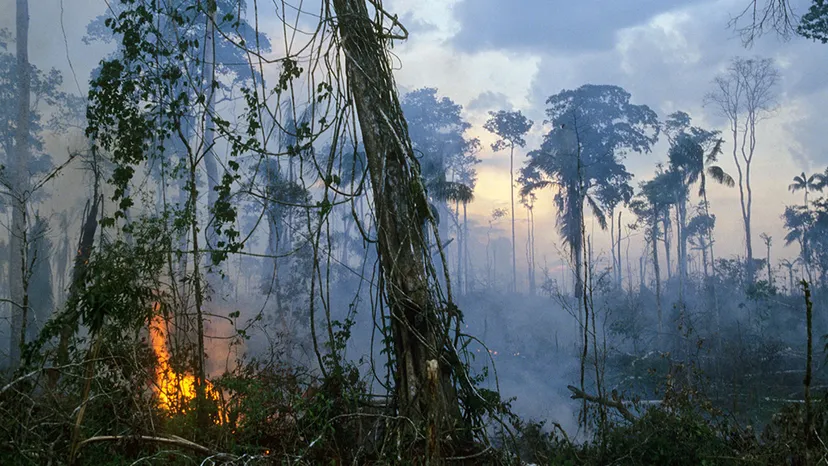
Many children learn about the water cycle in school, but often forget how vital it is in real life. More awareness is needed through campaigns, school programs, and community workshops to show how the water loop affects farming, climate, and health.
Interactive tools, animations, and nature walks can help young people understand this process better and grow up with respect for it.
Conclusion: Respect the Loop, Secure the Future
Nature’s water loop is a wonder of the Earth. It connects clouds, rivers, oceans, forests, animals, and people in one never-ending flow. But that flow is now at risk. Human activities and climate change are creating cracks in the cycle. If we want a future with enough clean water, we must protect and respect this powerful natural system.
Every drop of water we use, every tree we plant, every bit of pollution we avoid brings us one step closer to keeping the water loop alive and strong.
Read More:- Deyaar’s Latest Announcement Shakes Up the UAE Property Market




